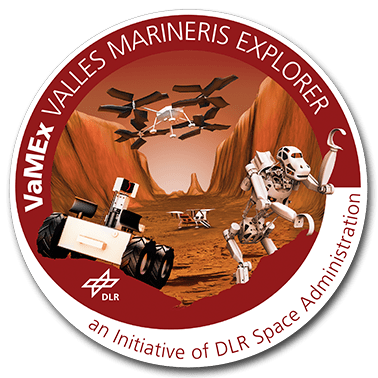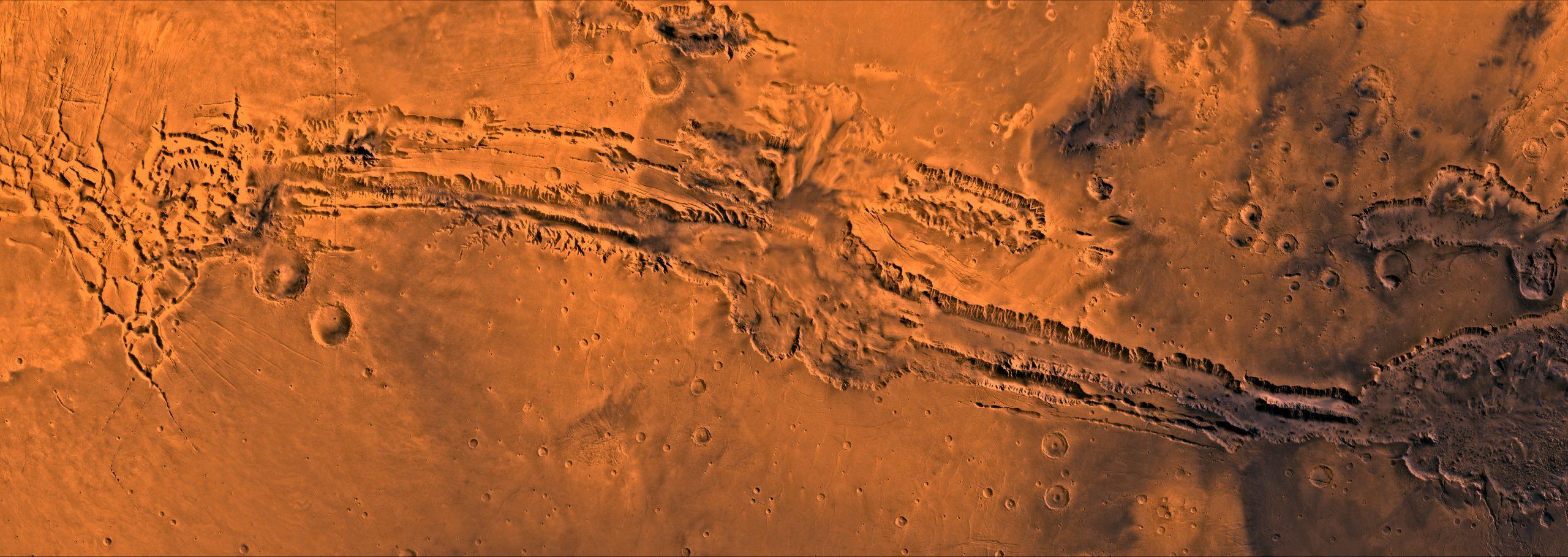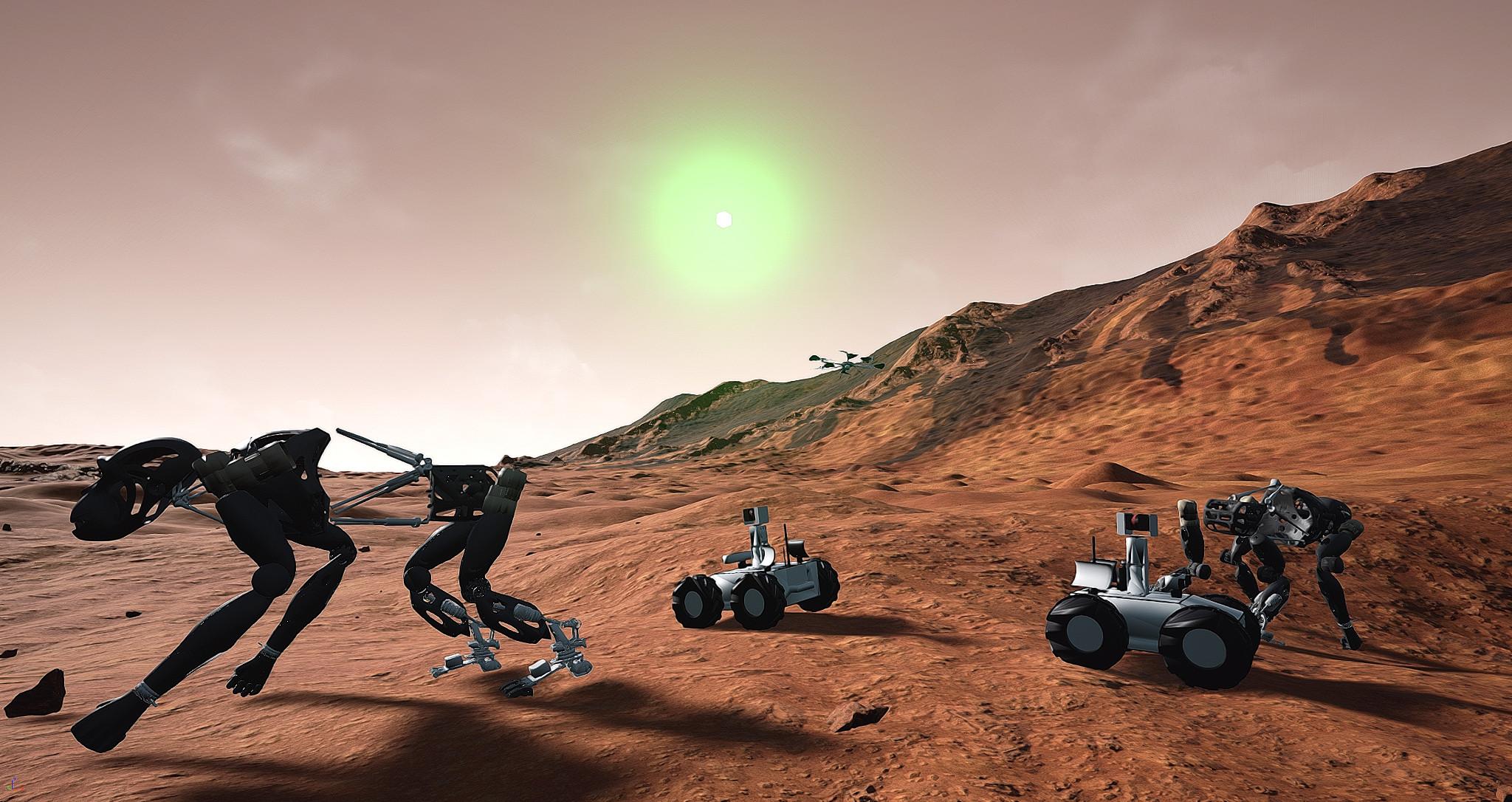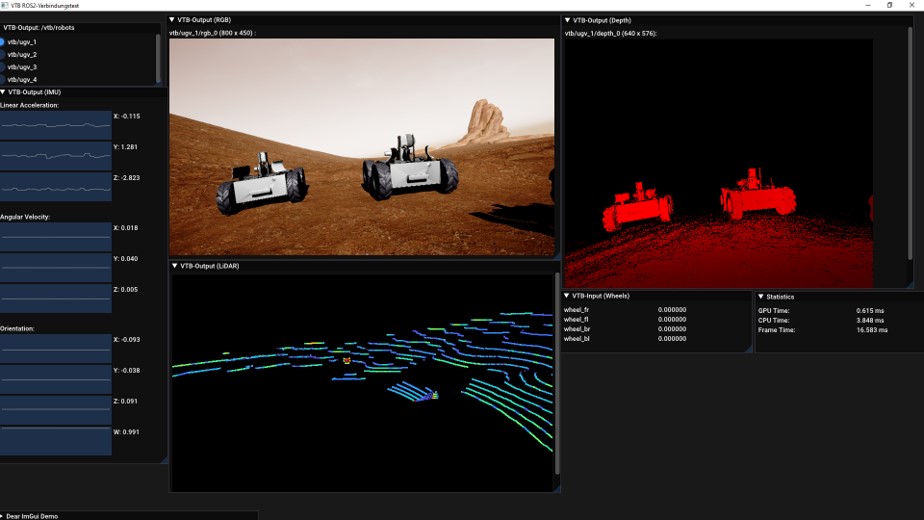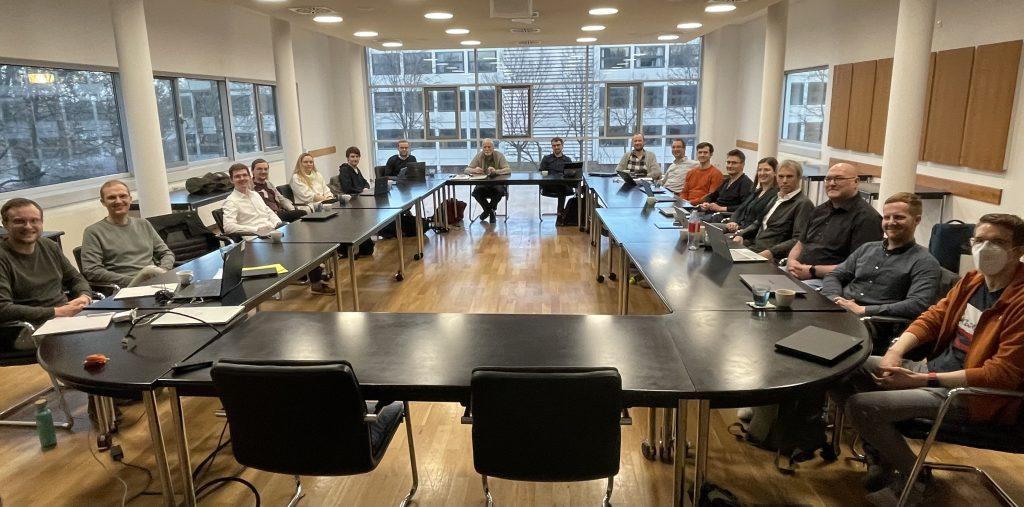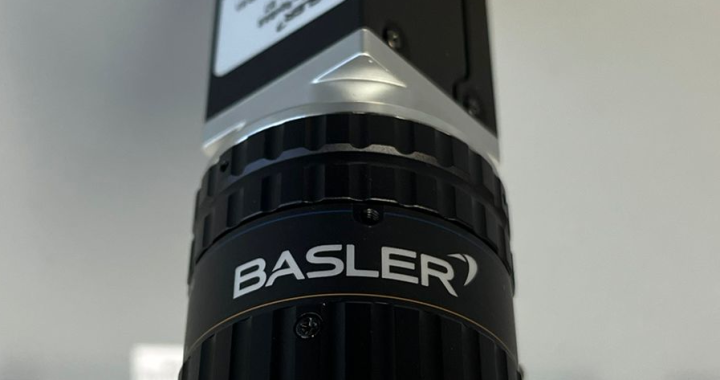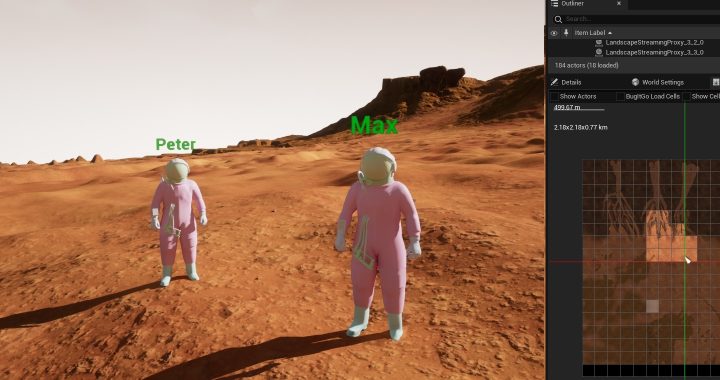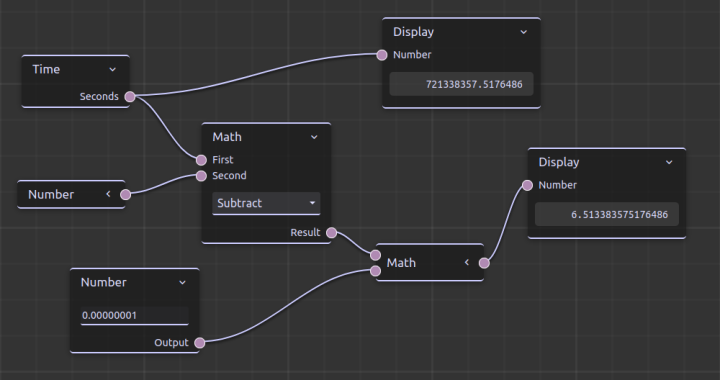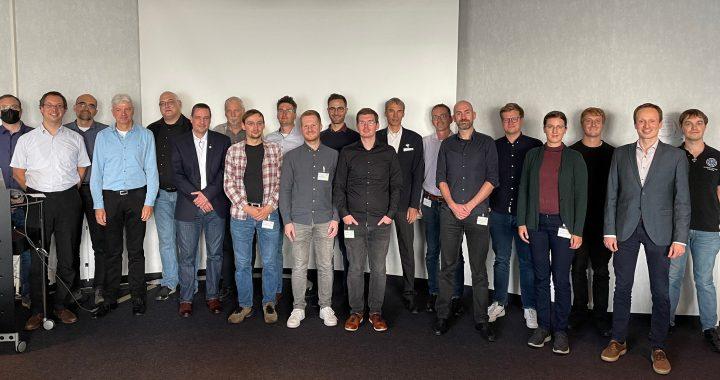From 29.08. – 31.08. an internal RGE working meeting took place at the University of Bremen. Participants were members of the working group for Cognitive Neuroinformatics, the working group for High-Performance Visualization and DFKI. At times, Andre and Roland from the Computer Graphics and Virtual Reality working group were also present. Together, we clarified many questions on key areas such as SLAM, trajectory planning, VTB connection, mission control and the network architecture.
We see the first deployment of two ubiquity access points as a special milestone. This enabled us to send the first ROS2 messages via a network between the two access points.
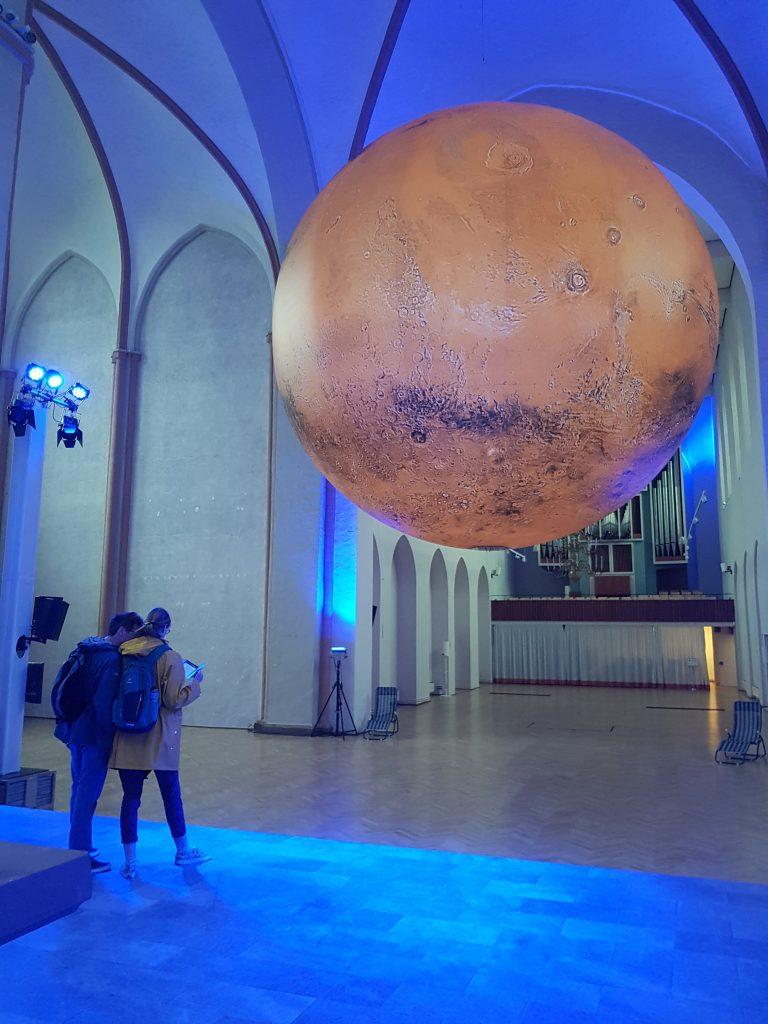
Other highlights included a visit to the “MARS findet Stadt” exhibition at the Kulturkirche St. Stephani and dinner at the Pannekoekschip Admiral Nelson.
